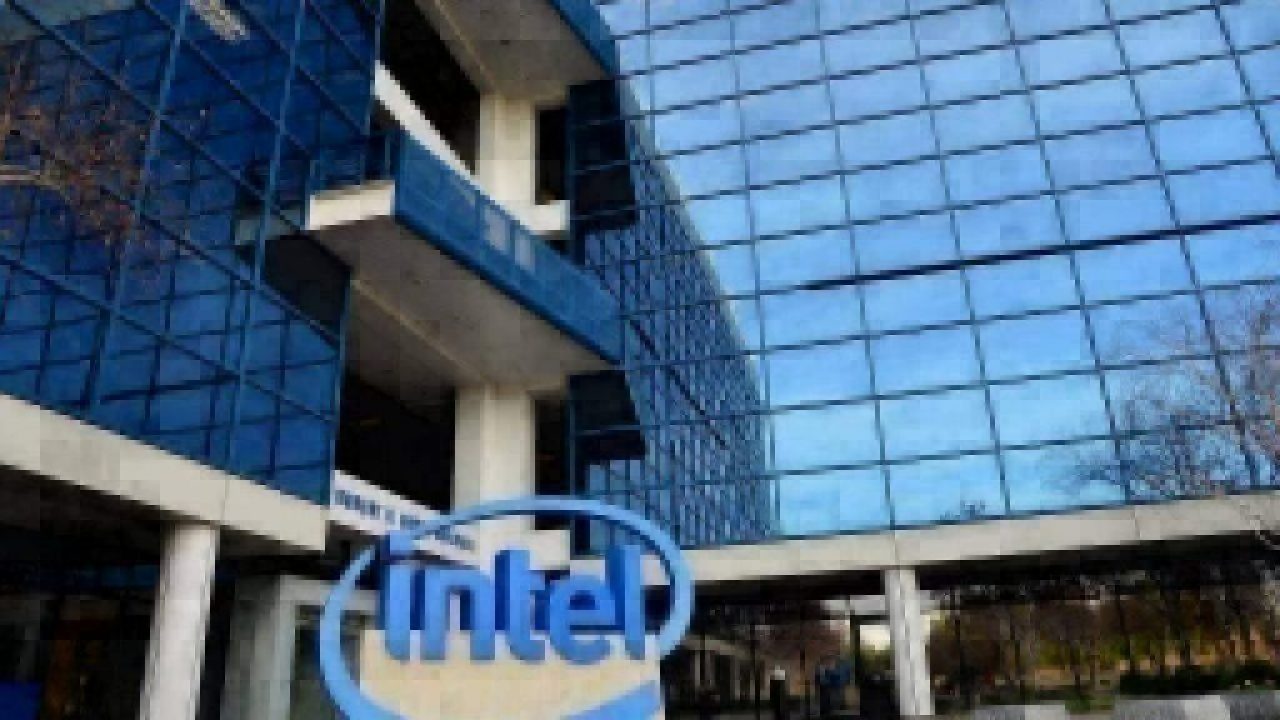Intel to Invest $1bn in 14nm Production
Article By : Dylan McGrath, EE Times

Running out of capacity on 14nm with 10nm still a year away
SAN FRANCISCO — Seeking to allay fears of revenue shortfall amid tight supply, Intel said Friday that the company believes it has the supply to meet its full-year sales target of $69.5 billion. The company also reiterated plans to increase its capital spending for the year to a record $15 billion and to be in volume production of 10nm chips next year.
In an open letter published on Intel’s website Friday, Bob Swann, Intel’s interim CEO, said the company increased capital spending includes an additional $1 billion to be spent on increasing 14nm capacity at Intel Fabs in Oregon, Arizona, Ireland and Israel. Swann said the increased spending and other efficiencies is increasing Intel’s supply to respond to customer demand.
The strength of the PC market — which Intel now expects to grow for the first time since 2011 — has put pressure on the company’s network of fabs, Swann said. Intel is prioritizing the production of Xeon and Core processors to serve the high-performance computing segments of the market, Swann said.
“That said, supply is undoubtedly tight, particularly at the entry-level of the PC market,” Swann said.
In an email exchange with EE Times, Intel declined to provide further details beyond what is in Swann’s letter.
Patrick Moorhead, president and principal analyst at Moor Insights & Strategy, said he was not surprised by the letter, saying he had heard rumblings in the supply chain. “While I am sure Intel would want to have 10nm online now, most of the current challenges stem from upside demand for 14nm parts,” Moorhead said. “Every market is up — even PCs — which is putting a strain on 14nm. Moving notebook parts from two to four cores I am sure contributed to the upside challenges, but [are] not the primary reason.”
Intel has for months been struggling to ramp up its 10nm process technology with adequate yields. The company was initially expected to be in volume production on 10nm by the end of this year, but said earlier this year it was pushing 10nm out to 2019. Intel’s struggles with 10nm have led to speculation that the company is in danger of losing market share in the resurgent PC processor market to archrival AMD.
“The challenges that Intel is having regarding their execution on delivering their next generation technology could not have come at a more inopportune time,” said Len Jelinek, senior director for semiconductor manufacturing with IHS Markit. “Intel delivery issues are providing an opportunity for their competition, AMD, to gain market share in a highly competitive market.”
Jelinek said multiple competitors could be posed to gain market share in areas outside PCs and gaming if Intel’s struggles with 10nm continue into 2019.
Quoting market research from Gartner, Swann said second quarter PC shipments increased for the first time in six years. Intel expects to total PC market to grow modestly this year, driven by strong demand for gaming and commercial systems, Swann said.
In recent weeks, whispers of an Intel processor shortage have led to concern about the effect on the PC market and the memory chip market. Earlier this month, TrendForce, a market research firm that tracks memory chip pricing, reported that a shortage of Intel processors would hamper notebook shipments and exacerbate memory pricing declines.
TrendForce reported that PC OEMs were reporting an insufficient supply of processor based on Intel’s Whiskey Lake platform. Whiskey Lake is the codename for Intel’s third refinement to the 14nm Skylake microarchitecture and includes version of Core i7, Core i5 and Core i3, all of which were launched in the third quarter.
— Dylan McGrath is the editor-in-chief of EE Times.
Subscribe to Newsletter
Test Qr code text s ss


